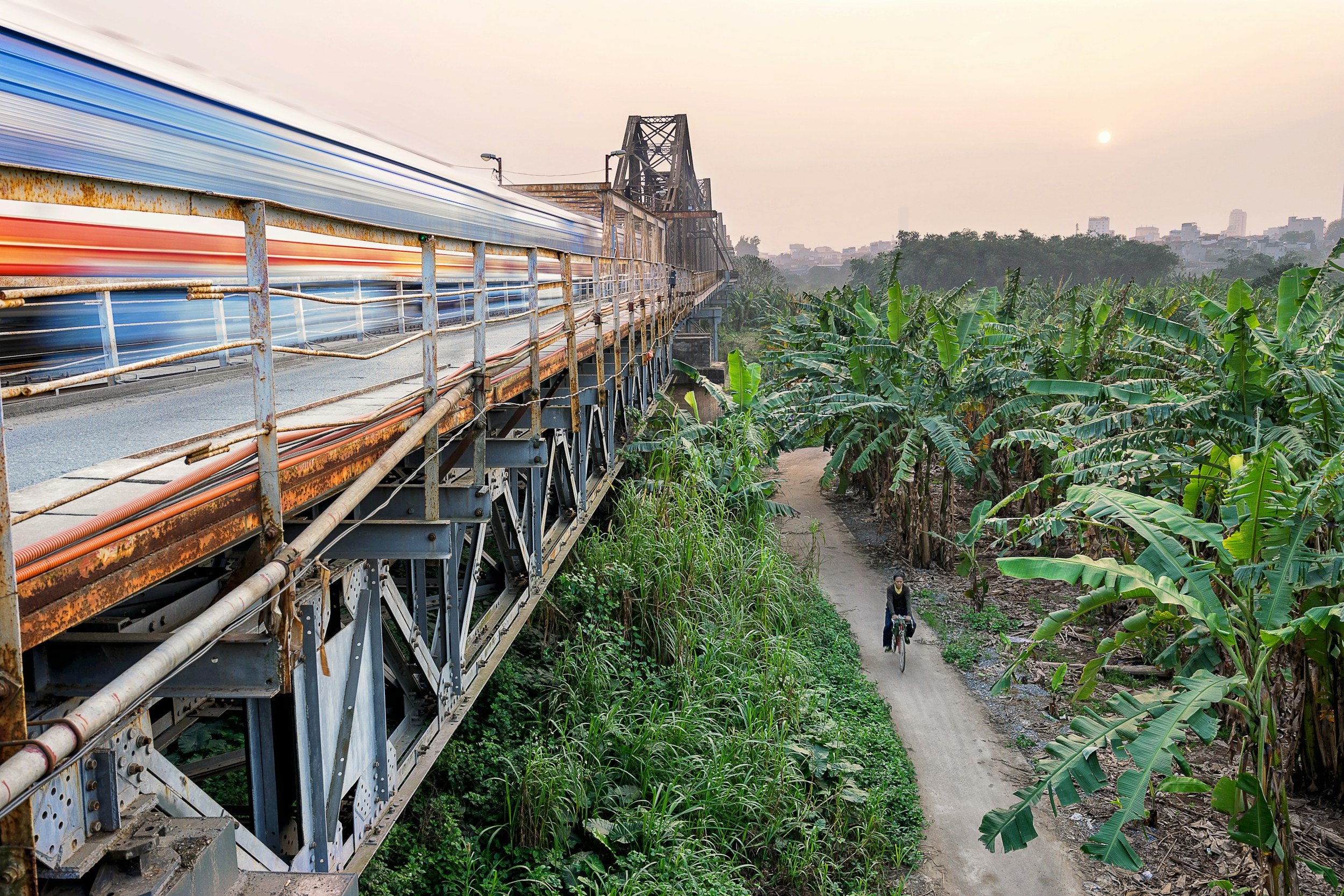
earthsfibers: Connecting the pieces to Sustainability
Our services are designed to bridge the gap between companies with agricultural waste and cutting-edge research institutions.
Here's how the process works:
Identifying Waste Streams: earthsfibers begins by thoroughly understanding the waste streams generated by client companies. This includes assessing the type, volume, and current handling methods of the waste. The goal is to identify opportunities for conversion into valuable products.
Connecting with Innovators: Leveraging an extensive network of universities, research centers, and technology developers earthsfibers connects companies with the most promising technologies. These innovations may include methods for converting waste into bio-based products, energy, or other valuable resources.
Facilitation and Integration: earthsfibers acts as a facilitator, helping companies navigate the complexities of adopting new technologies. This includes everything from securing licensing agreements, feasibility studies, to pilot testing and full-scale implementation. The aim is to ensure a seamless transition from waste to product.
Commercialization Support: For companies looking to market new products derived from their waste, earthsfibers provides commercialization support. This can involve market analysis, branding, and connecting with distribution channels, helping to turn what was once waste into a profitable venture.
Ongoing Collaboration: earthsfibers believes in long-term partnerships. We continue to work with companies after the initial implementation to optimize processes, scale operations, and explore additional waste streams that could be converted into new products.
Call to Action: earthsfibers actively seeks companies with agricultural waste who are eager to explore innovative, sustainable solutions. They invite these companies to collaborate and transform their waste into valuable, market-ready products.
This comprehensive approach not only helps reduce waste but also contributes to a circular economy by turning agricultural byproducts into useful, marketable commodities.